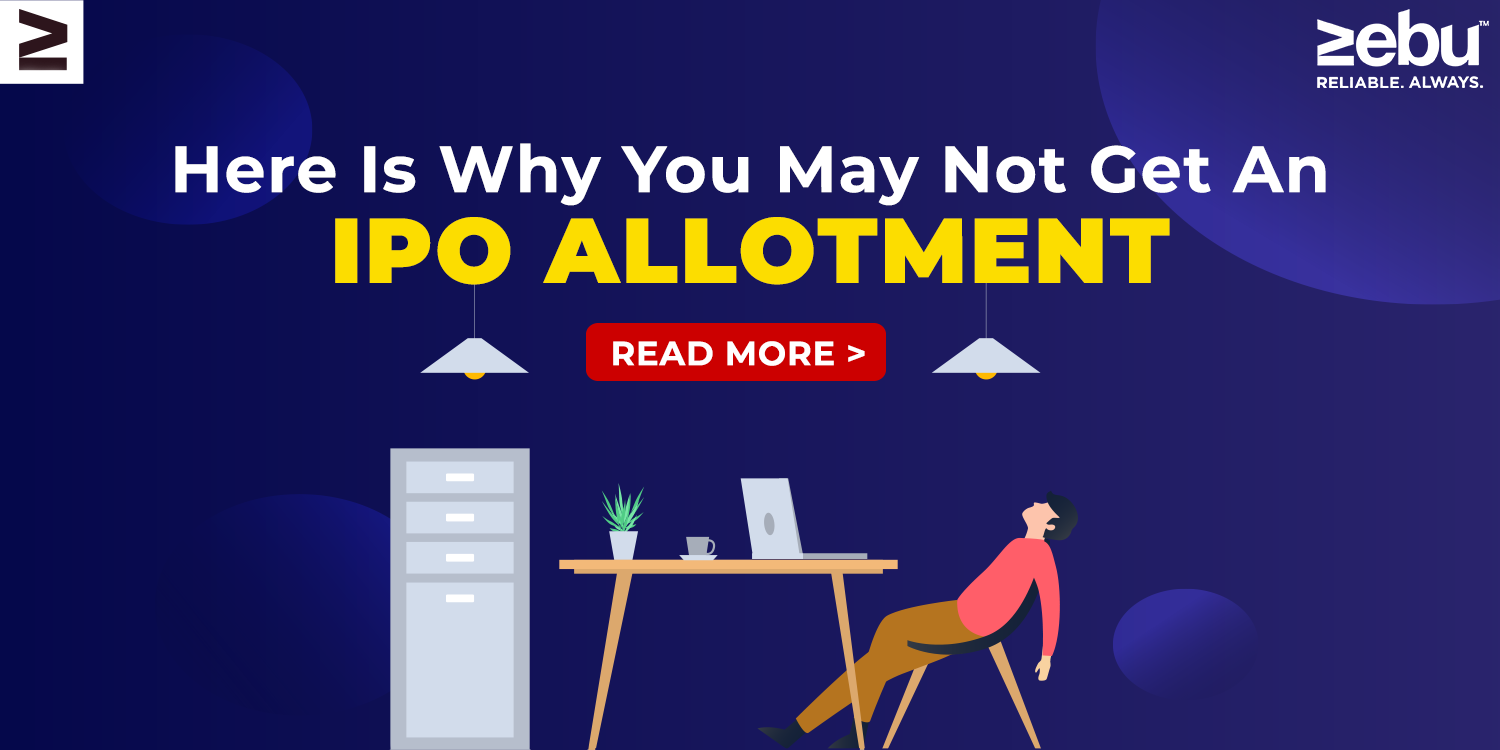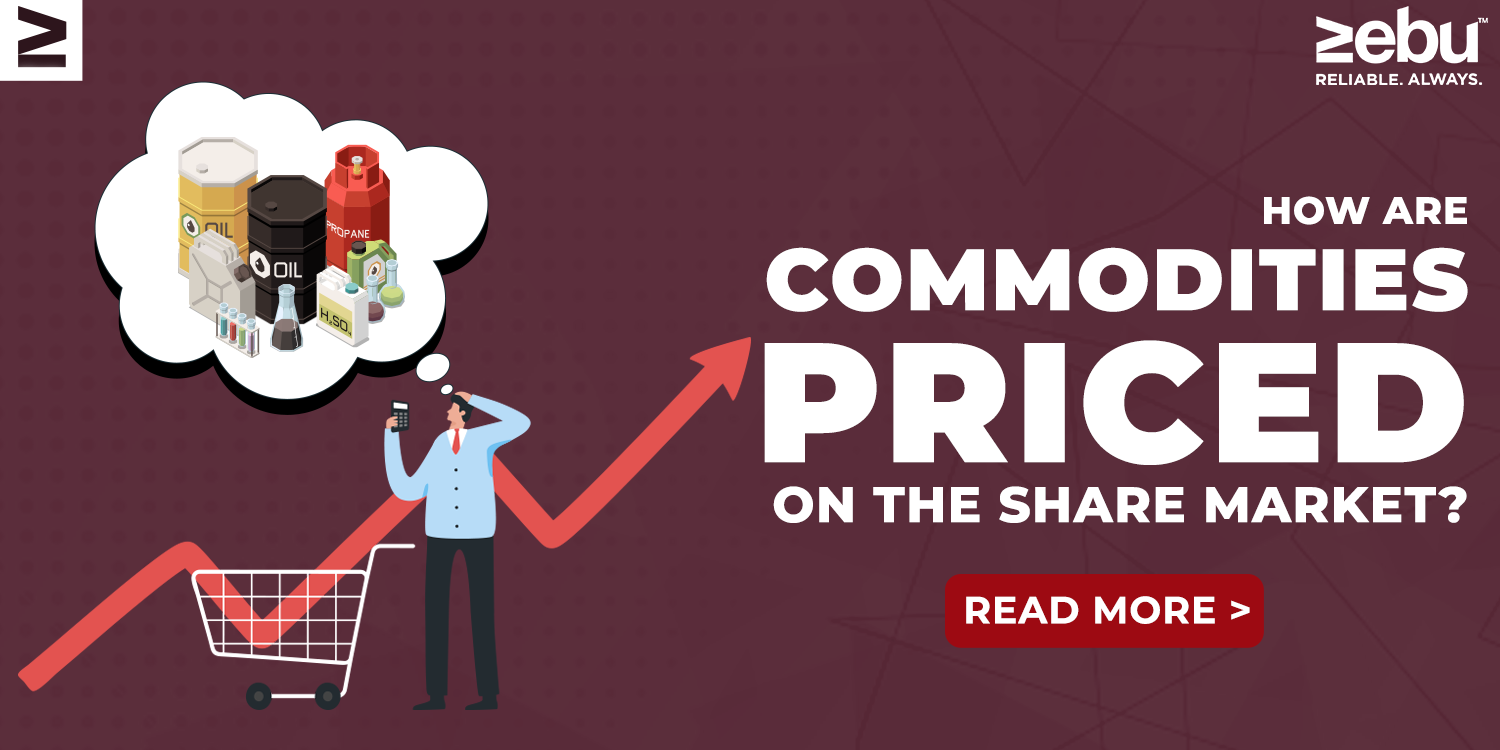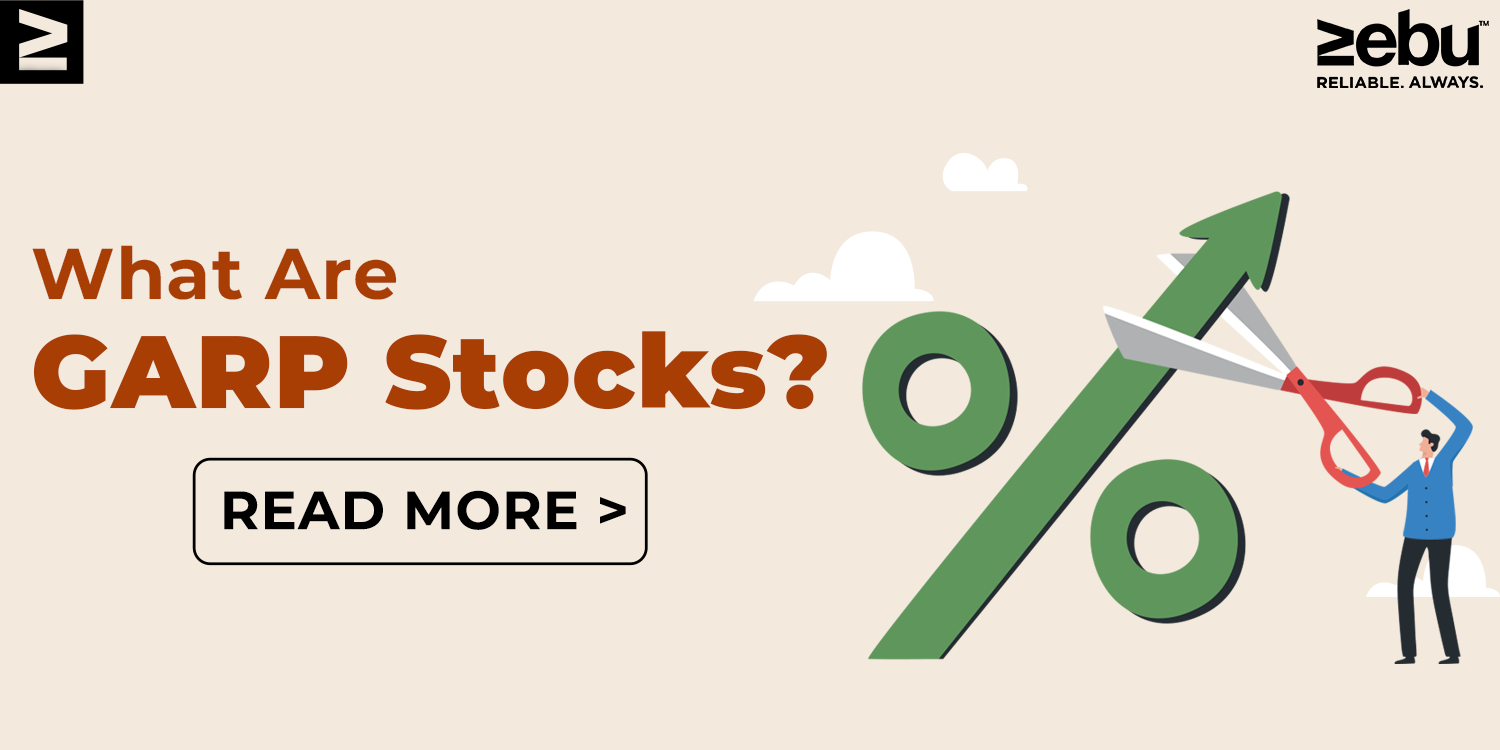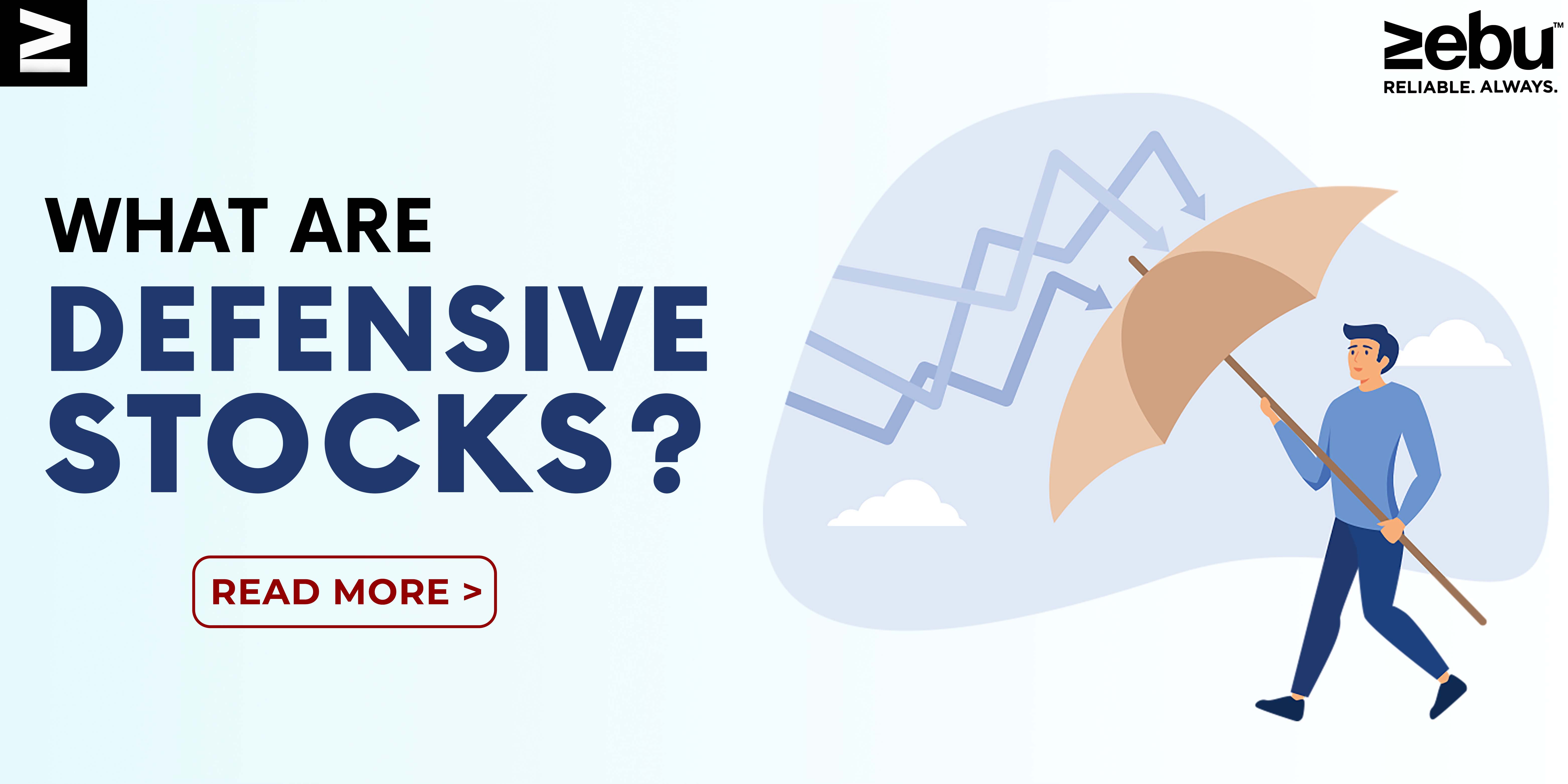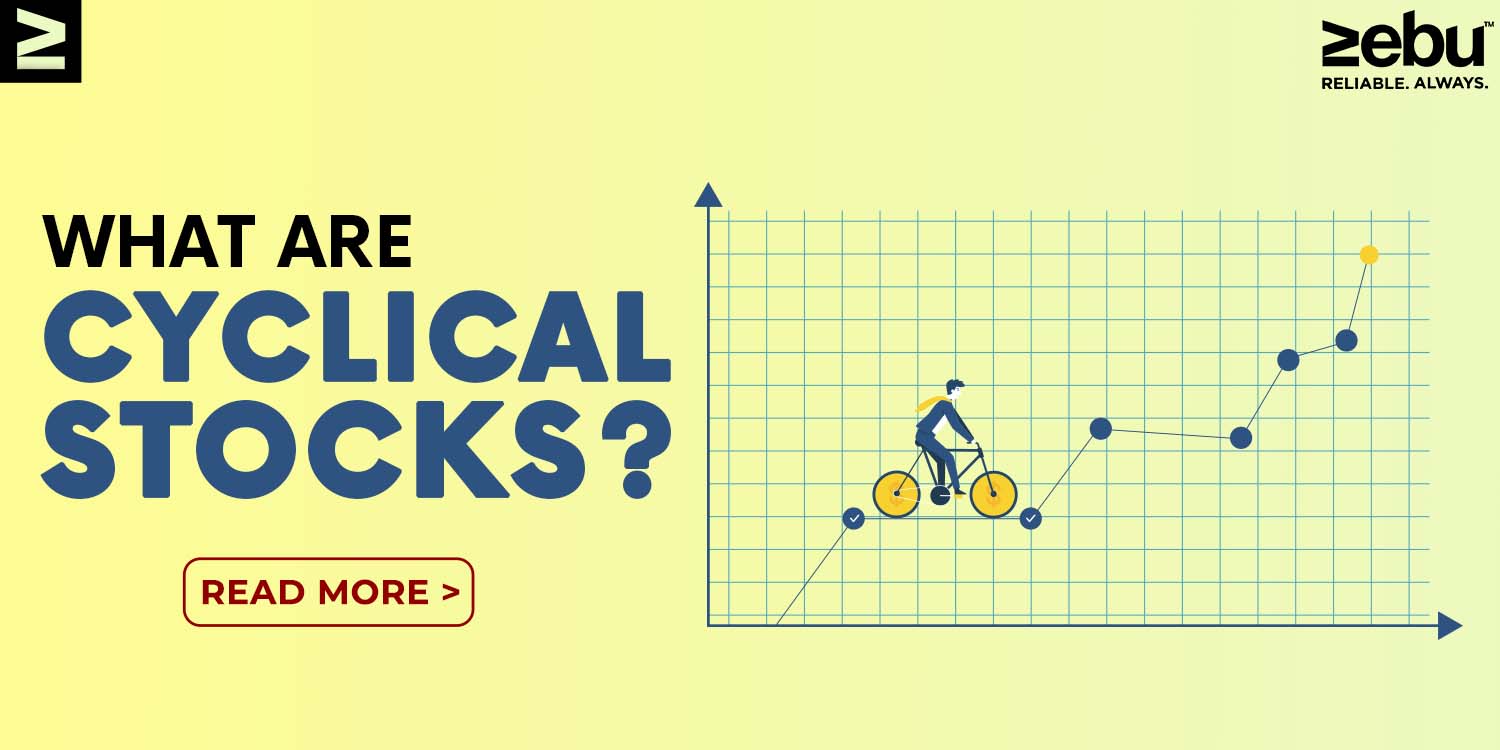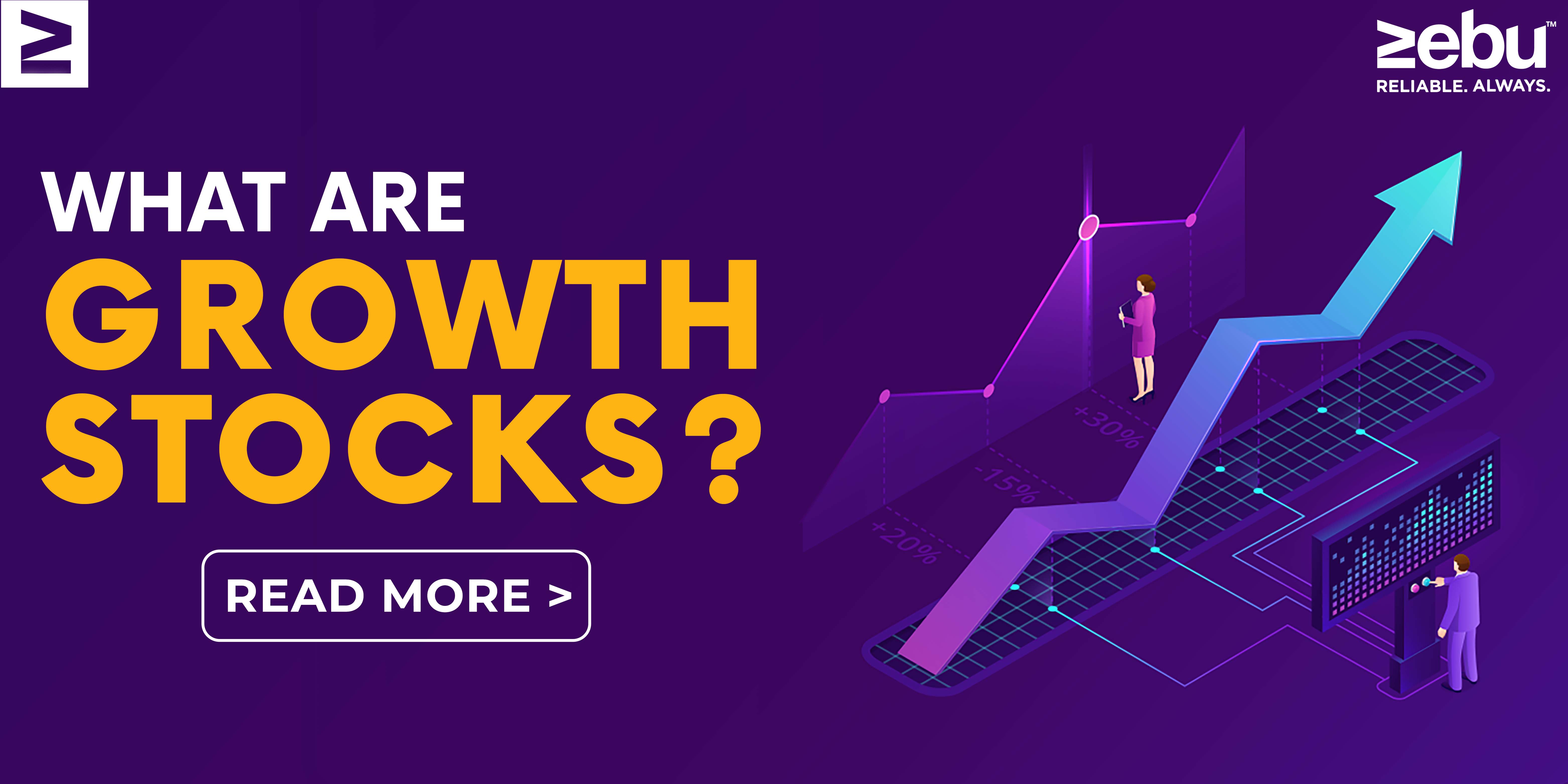
Large Cap vs Mid Cap vs Small Cap: Key Differences That Actually Matter
Indians know a lot about the equity and stock markets in their country. But the currency market in India is confusing to a lot of people. Understanding the basics of the Indian currency markets is important if you want to make money trading forex online. Before you do any kind of investing, you should learn how it works. In the same way that you should be careful when you first start trading on the currency markets, you should also be patient when you are learning how to trade on the stock market. You might feel nervous at first since the concept of trading with currency can be new to you. But there are some basic things you should know about the markets and how they work that can help you start investing. You might learn more from real-life situations than from any book. Because trading currencies isn’t as common in India as it is in other parts of the world, there are five things you should know. 1. Is currency trading legal in India? In India, online forex trading has not become as popular as other types of investments. The main reason investors don’t trade currencies is because the Reserve Bank of India puts limits on currency trading. They find that traditional equity trading, which starts when you open a demat account, is easy to understand and easy to do. But trading currencies in India is not as hard as it might seem at first. The Indian Rupee must be used as the base currency in all trades for the Reserve Bank of India to let people trade on the Forex market. The Reserve Bank of India has added GBP-USD, EUR-USD, and USD-JPY to the list of assets that can be traded. These are all cross-currency pairings. 2. Know what the different Indian currency markets are. If you want to trade currencies in India, you might not need to open a demat account. Still, you’ll need a Forex trading account, which could be linked to a bank account. After you’ve done this, you can trade on two main types of currency markets. They include both spot markets and futures markets. Due to the limits on currency trading in India and the low profits that derivatives used in currency trading offer, investors choose to put their money on the futures market. 3. What factors affect the Indian Foreign Exchange Markets? Forex trading online is not for the cautious trader. You need to be aware of the risks because changes in currency and the economy could affect other countries. Currency prices change because of a number of geopolitical factors and events. Central banks, on the other hand, often have an effect on the Forex markets. Central banks use a variety of tools to do this, such as those that affect monetary policies, those that change the rules of the exchange regime, and those that affect currency markets. The Reserve Bank of India, which is the country’s central bank, is very important to the way currency markets work. It does this whenever it needs to, keeping the Indian Rupee from losing value in the process. 4. Sign up to trade currency in India SEBI, which stands for the Securities and Exchange Board of India, is in charge of keeping an eye on the middlemen who work in the Indian foreign exchange market. If you want to trade currencies, you have to sign up with a broker that SEBI has given permission to be regulated. Brokers who are allowed to trade in currencies by SEBI must have a current licence from SEBI. 5. Trading on the Indian Foreign Exchange Market Once you have signed up with a SEBI-approved Forex broker and put money into your account, you can start trading on the currency market using the Forex online trading platforms that your broker offers. You can be successful in trading by using a number of different strategies. But if you want to trade something, it’s best to start with small trades, especially in places like India, where the currency market is still growing. If you would like to get started with currency trading, open an account with Zebu today and get started now.
